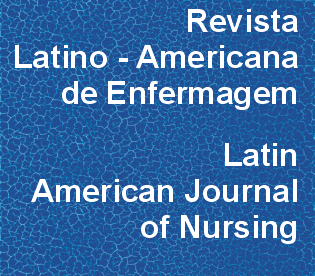Risk Factor Frequency for Learning Disabilities in Low Socioeconomic Level Preschool Children in Mexico City
DOI:
https://doi.org/10.1590/S0104-11692010000500022Keywords:
Learning Disorders, Child, Preschool, Intelligence, Human Development, Risk FactorsAbstract
The objective was to identify the frequency of risk factors for Learning Disabilities (LD) in low socioeconomic level children in Mexico City. We studied children by means of: Wechsler, Bender-Gestalt, and Human drawing tests. Average age of male subjects was 5.6±0.9 years, while that of the female group was 5.4±0.5 years. In male subjects, average Total intelligence quotient (T-IQ) score was 98±12.2 while, in the female group, this was 99±12.2. On the Bender-Gestalt test, male subjects had a mental and visual-motor average age of <1 year under chronological age. Female subjects had a mental and visual-motor age 8-7 months under the norm. On the Human drawing test, in male and female subjects, the most frequent at-risk features comprised: self-isolation in 25% of subjects, shyness in 22.4%, and poor internal controls in 22%. In conclusion, we found a high at-risk factor frequency for LD in children of low socioeconomic strata. We highlight the importance of screening children before they attain school age.Downloads
Download data is not yet available.
Downloads
Published
2010-10-01
Issue
Section
Original Articles
License
RLAE’s authorship concept is based on the substantial contribution by each of the individuals listed as authors, mainly in terms of conceiving and planning the research project, collecting or analyzing and interpreting data, writing and critical review. Indication of authors’ names under the article title is limited to six. If more, authors are listed on the online submission form under Acknowledgements. The possibility of including more than six authors will only be examined on multicenter studies, considering the explanations presented by the authors.Including names of authors whose contribution does not fit into the above criteria cannot be justified. Those names can be included in the Acknowledgements section.
Authors are fully responsible for the concepts disseminated in their manuscripts, which do not necessarily reflect the editors’ and editorial board’s opinion.
How to Cite
Risk Factor Frequency for Learning Disabilities in Low Socioeconomic Level Preschool Children in Mexico City . (2010). Revista Latino-Americana De Enfermagem, 18(5), 998-1004. https://doi.org/10.1590/S0104-11692010000500022



